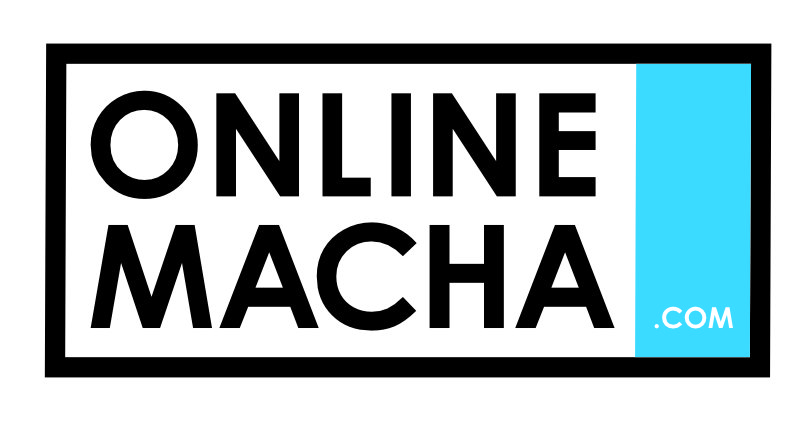With former President Donald Trump winning a second term, Indian students and professionals in the United States face renewed uncertainty, particularly in the realm of immigration policy. Trump’s prior tenure from 2016 to 2020 introduced significant restrictions on the H-1B visa program, tightened eligibility criteria for spouses, and raised concerns over work authorization programs. His re-election has rekindled fears that these policies may be reinstated, and potentially, further restrictions introduced, making it more challenging for high-skilled Indian immigrants to establish careers and stable residency in the U.S.
H-1B Visa Holders Brace for Changes
The H-1B visa, a crucial work visa for highly skilled foreign workers in fields like technology, engineering, and medicine, has long been a pathway for Indian professionals seeking employment in the United States. However, under Trump’s first administration, visa denials and delays surged. The H-1B denial rate climbed from an average of 3.2% under the Obama and Biden administrations to 18% under Trump’s leadership. This spike was largely due to increased scrutiny, more Requests for Evidence (RFEs), and policy directives aimed at tightening qualifications for visa approvals. Denial rates for RFEs also increased sharply, hitting 34% in some years of the Trump administration.
If the trend from his first term is any indication, H-1B visa holders could face renewed challenges. “It’s likely that H-1B applicants will see a return to heightened scrutiny, which could make it difficult to secure initial approvals or renew existing visas,” said Sandeep Patel, an immigration attorney in San Francisco who works extensively with tech professionals. For Indian nationals, who are the largest beneficiaries of the H-1B program, this means greater job instability and fewer guarantees of long-term employment.
Potential Reforms to Green Card and H-1B Wage Requirements
Another significant factor is Trump’s commitment to raising wage thresholds for H-1B visa holders. In 2020, his administration attempted to enforce a rule mandating employers to pay substantially higher minimum wages for foreign workers on H-1B visas and green card holders, especially in high-cost areas. Though this measure was blocked by the courts, it is expected to resurface. Such a policy could potentially price many Indian professionals out of the U.S. job market, as employers may find it more economically feasible to hire domestic candidates instead of paying the higher wages mandated for foreign workers.
In a contrasting statement earlier this year, Trump promised to “staple a green card” to diplomas for international students, including those from India, who graduate from U.S. colleges and universities. The policy aims to address “brain drain” by making it easier for talented students to stay in the country post-graduation. However, skepticism remains, given that Trump’s previous administration focused more on restricting immigration than easing it. Whether this green card initiative will see genuine support or become another stalled policy is uncertain.
H-4 Visa and OPT Programs in Question
Indian professionals on H-1B visas have additional concerns for their families, particularly those on H-4 visas, which are granted to spouses of H-1B holders. The Obama administration introduced a provision that allowed H-4 visa holders to work in the U.S., but the Trump administration previously sought to revoke this authorization. Although the rollback was delayed, many expect a renewed effort in Trump’s second term to limit or eliminate H-4 work authorization. If successful, this change would impact thousands of Indian spouses, primarily women, who contribute to household incomes and seek independent careers.
Indian students currently studying in the U.S. also face potential setbacks. The Optional Practical Training (OPT) program, which allows students to work in the U.S. for 12 months post-graduation—with an additional 24-month extension for STEM students—is widely used by Indian graduates aiming to build experience and a pathway to an H-1B visa. Stephen Miller, a senior policy advisor under Trump, previously tried to curtail the OPT program. His return to Trump’s team could signal another attempt to roll back OPT, particularly the STEM extension. Such a move would make the U.S. a less attractive destination for Indian students seeking career prospects after graduation.
A Shifting Landscape for Indian Talent in America
The cumulative impact of these policies could make the U.S. a less welcoming destination for Indian students and professionals. If H-1B visas become more restrictive, green card processing times remain lengthy, and work authorizations for spouses are limited, Indian talent might shift focus to other countries with more predictable immigration pathways, such as Canada, the United Kingdom, and Australia.
Cornell Law professor Stephen Yale-Loehr warns, “Restricting these work authorization pathways makes the U.S. less competitive for global talent. Talented students and professionals often contribute significantly to economic and technological growth, and their departure would be a missed opportunity.”
In summary, while Trump has floated enticing proposals like automatic green cards for U.S.-educated graduates, his prior track record points to a more restrictive immigration stance. Indian students and professionals, key beneficiaries of the H-1B and OPT programs, now face an uncertain road. Many are watching closely to see if Trump will live up to his promises this time or continue to prioritize policies that limit high-skilled immigration. For Indian professionals and students, the next few years may be critical in determining whether the United States remains a viable option for long-term career and life aspirations.





